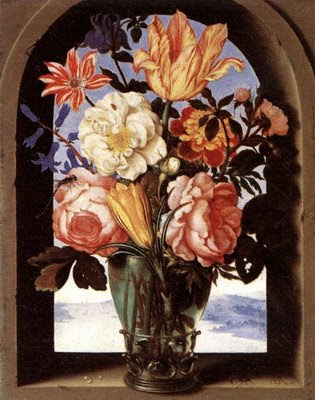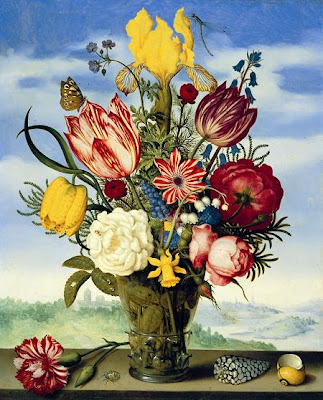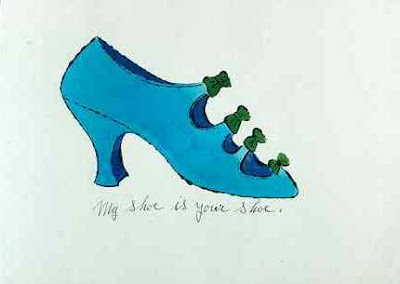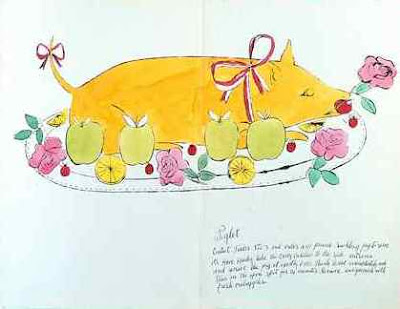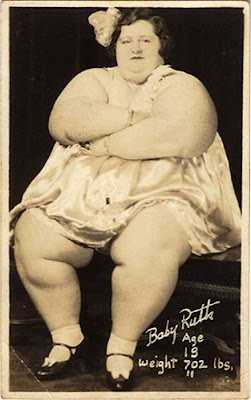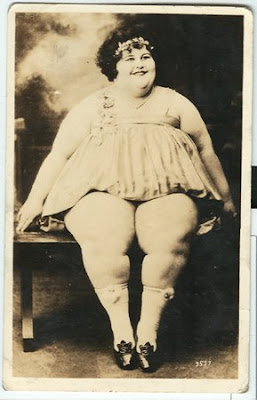 Warrior Crabs, Q. Cassetti, 2012, Pen and InkI am inspired by all things Japan. A J thing. I am all caught up in reading and studying about Yokai, which according to Wikipedia is:
Warrior Crabs, Q. Cassetti, 2012, Pen and InkI am inspired by all things Japan. A J thing. I am all caught up in reading and studying about Yokai, which according to Wikipedia is:
“Yōkai (妖怪, ghost, phantom, strange apparition) are a class of supernatural monsters in Japanese folklore. The word yōkai is made up of the kanji for “otherworldly” and “weird”.[1] Yōkai range eclectically from the malevolent to the mischievous, or occasionally bring good fortune to those who encounter them. Often they possess animal features (such as the Kappa, which is similar to a turtle, or the Tengu which has wings), other times they can appear mostly human, some look like inanimate objects and others have no discernible shape. Yōkai usually have a spiritual supernatural power, with shapeshifting being one of the most common. Yōkai that have the ability to shapeshift are called obake.
Japanese folklorists and historians use yōkai as “supernatural or unaccountable phenomena to their informants”. In the Edo period, many artists, such as Toriyama Sekien, created yōkai inspired by folklore or their own ideas, and in the present, several yōkai created by them (e.g. Kameosa and Amikiri, see below) are wrongly considered as being of legendary origin.[2]”
All of this aligns perfectly as cultural inspiration from which Pokemon, the work of director, Hayao Miyazaki (“Princess Mononoke” and “Spirited Away”)—Yokai has been a bubbling undercurrent—explaining the unexplainable, giving personalities to unwanted or forgotten objects or just plain to be scary and dark. I am reading a series of wonderful books butterfly style …flitting from one to the other, and many of them I highly recommend, to best grasp (as best I can as a Westerner) the basis and the lyricism of this profoundly Japanese mythology.
 Samuri Crab, H. Japonica
Samuri Crab, H. Japonica
The Warrior Crabs, or Heikegani, are part of the Yokai stories. Wikipedia tells the story better than I. The Heikegani:
“Heikegani (平家蟹, ヘイケガニ) (Heikeopsis japonica) is a species of crab native to Japan, with a shell that bears a pattern resembling a human face. It is locally believed that these crabs are reincarnations of the spirits of the Heike warriors defeated at the Battle of Dan-no-ura as told in The Tale of the Heike.
“Popular legend alleges that, following the battle Dan-no-ura, the souls of drowning Heike samurai warriors were transformed into crabs. These crabs are distinguished by having the faces of the fallen samurai on their backs. To this day the Heike crabs roam the depths of the oceans around Japan, searching for the lost heirlooms of their empire.”
There truly are crabs in Japan with faces on their backs, and so this tale emerges to explain this phenomenon, making magic for me, and for many others to best remember and honor the memories of ancient Japanese warriors.
 The ghost of the Heike general Taira no Tomomori (bottom left) at the bottom of the ocean with the anchor he used to drown himself following defeat at Dan-no-ura. He is joined by Heike crabs bearing the faces and souls of his comrades. By artist Utagawa Kuniyoshi, 17th century.
The ghost of the Heike general Taira no Tomomori (bottom left) at the bottom of the ocean with the anchor he used to drown himself following defeat at Dan-no-ura. He is joined by Heike crabs bearing the faces and souls of his comrades. By artist Utagawa Kuniyoshi, 17th century.







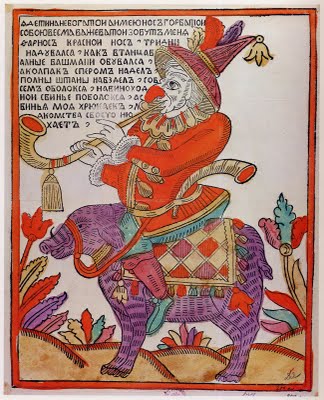











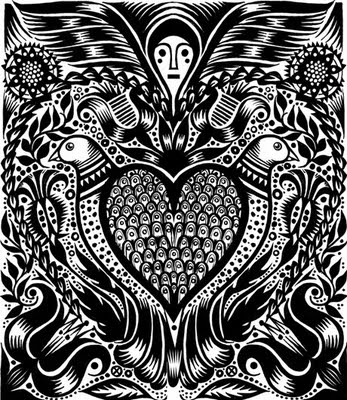




















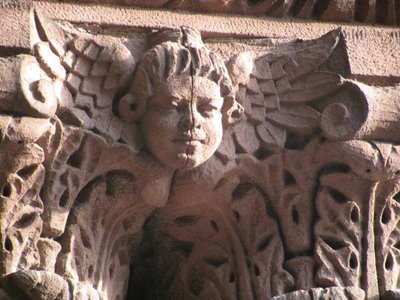




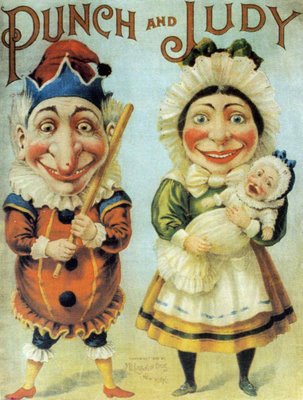


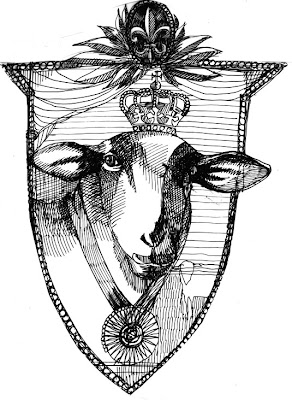
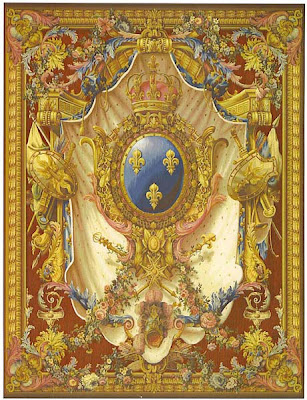
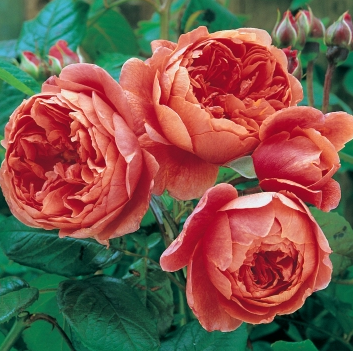
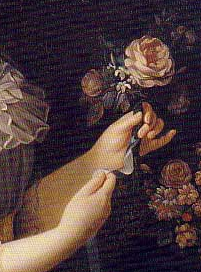
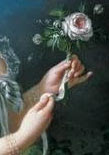 see?
see?